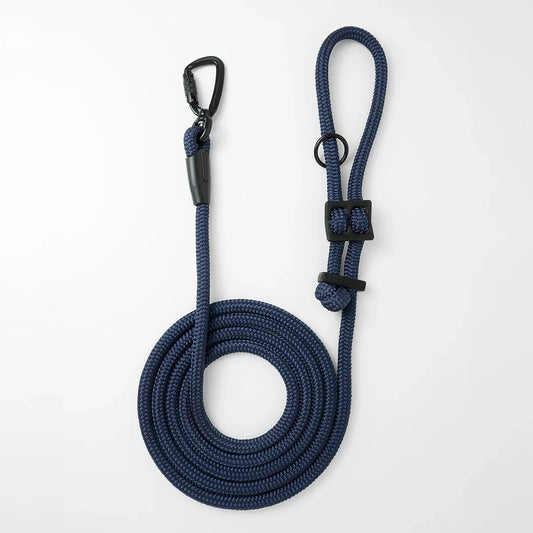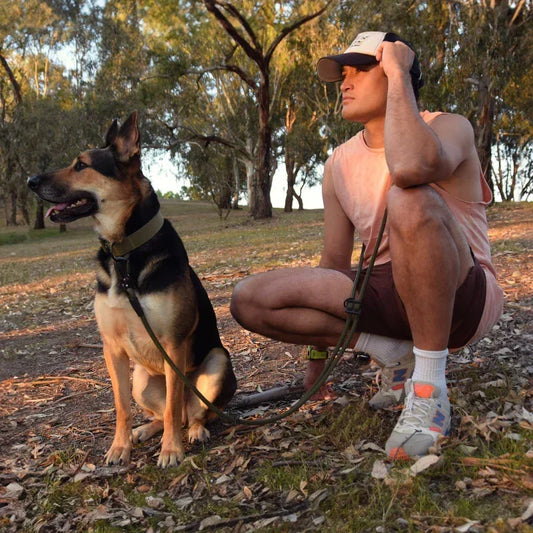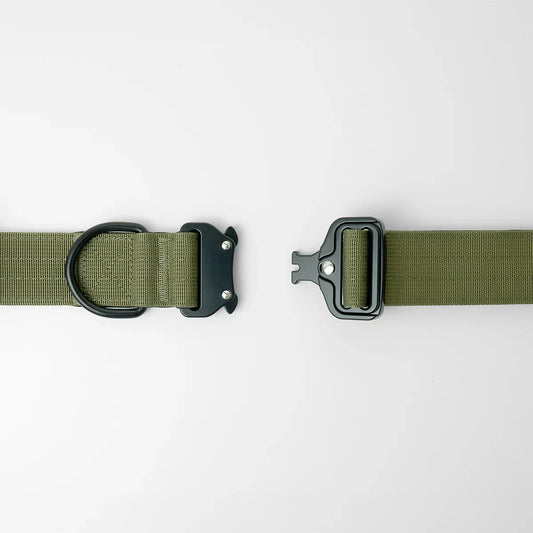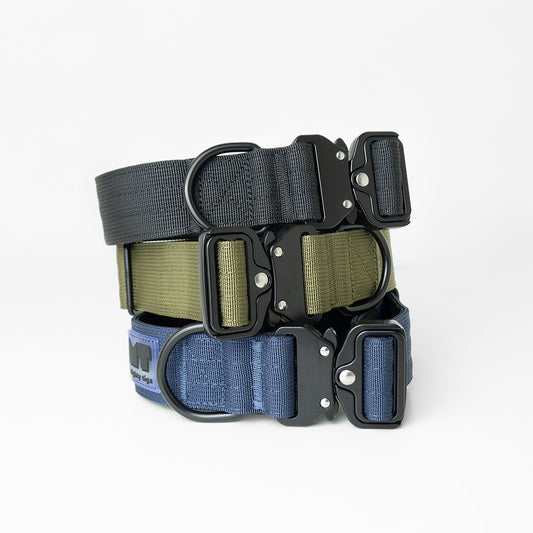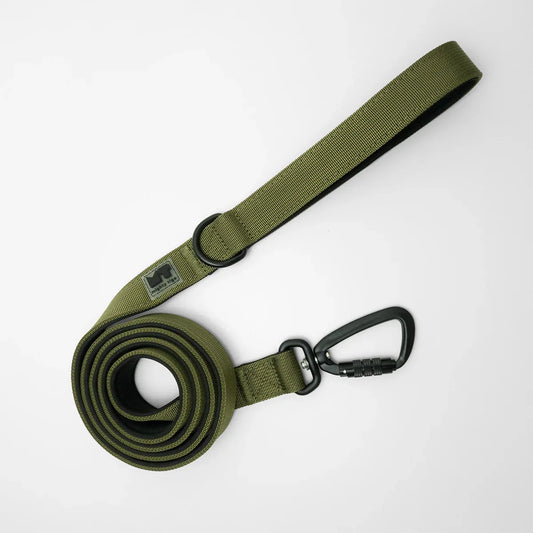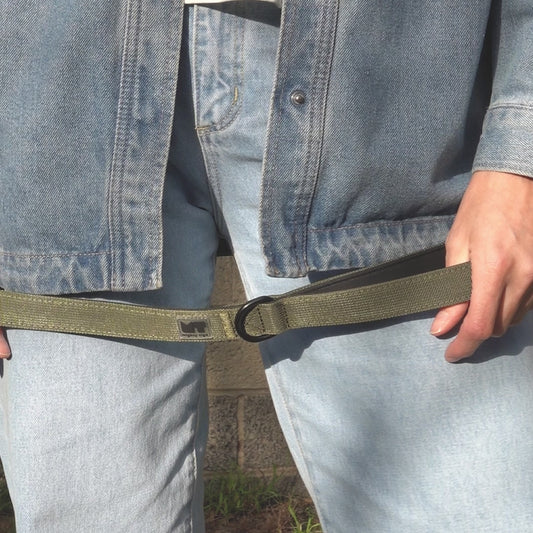
Struggling With Recall? Try These Simple Dog Games and Tips
If I could only teach my dog one cue, it would be recall—coming when called. It’s the skill that keeps dogs safe, unlocks off-leash freedom (where it’s legal and safe), and makes every adventure less stressful and more enjoyable.
As the owner of a reactive dog, I know recall doesn’t happen overnight. My partner and I have spent years working on this with our boy, Tiga. What I share here is not a “new method” we created—it’s a combination of proven games that professional trainers have been teaching for decades. We’ve simply put them into practice in our own backyard, in the park with a long dog lead, and in everyday moments.
What “Reliable Recall” Really Means
A “reliable recall” means your dog comes back to you enthusiastically even when distractions are tempting. For your dog to make that choice, you need to become the Best Party in Town. Your presence, treats, praise, and play must outweigh whatever else is happening.
With Tiga, we’ve seen this shift over time. At first, birds or neighbourhood dogs easily stole his attention. Now, he’s far more likely to choose us, because recall has been consistently rewarding.
Golden Rules for Recall Success
These aren’t just our rules, they’re long-standing principles taught by trainers everywhere. They’ve worked for us, and they can work for you too:
- Start easy. Train in a low-distraction room first; then the yard; then quiet parks; then busier places.
- Set your dog up to win. Only call when you’re certain you can reward success. If not, go get them instead.
- Never punish a recall. Even if they took ages, praise when they arrive.
- Don’t overuse the cue. No “come, come, come!” on repeat. Say it once when they’re already turning toward you.
- Don’t end the fun every time. Occasionally, call your dog, reward, then release them to play again.
- Use the right gear. A long training line attached to a harness or a wider collar keeps practice safe.
- Keep your vibe happy. Make your voice say “fun over here!”, your enthusiasm is the reward.
Our Backyard Recall Games
Here’s where personal experience has really shaped how we practice with Tiga:
- The Spot Game: We’ve trained Tiga to go to a specific spot in our garden when he’s too overstimulated to listen to “come.” This gives him structure and helps him succeed even when recall is hard.
- Backdoor Call-and-Release: Often, we’ll call him inside, give him a treat, and then release him to go back out and play. This teaches him that recall doesn’t always equal “end of fun.”
- Hot Potato: My partner and I call Tiga back and forth, each rewarding him. He loves the game, and it reinforces recall in a fun way.
These games make recall practice feel less like drills and more like play—something both dog and owner look forward to.
The 6-Step Quick-Start Plan (Trainer-Approved, Tiga-Tested)
- Show the incentive. Flash a top-tier treat or favourite toy.
- Move away + call once. Take a couple of steps back, say your dog’s name + your cue (“Come!”) in a fun tone.
- Collar touch + reward. Gently touch the collar, then pay with the treat or toy.
- Add distance. Practice across rooms and doorways.
- Add a helper. Take turns holding and calling your dog back and forth, pay every arrival.
- Go outside (safely). Start in your garden, then move to a quiet area outside your home, and finally to a busier park—always on a long line. Build up distractions slowly.
We didn’t come up with this sequence ourselves, it’s exactly what trainers have taught for years, and it works.
Pro Tips That Changed Everything for Us
- The Long-Line Rule: Practice on a 5–10m long line until recall is near perfect before attempting off-leash.
- Special Rewards for Recall: Tiga only gets chicken or cheese for “come.” It keeps the cue powerful.
- The $50 Bet Rule: Never call unless you’d bet $50 he’ll listen. If not, walk over instead.
- Let Them Chase You: When in doubt, turn and run away. Tiga can’t resist chasing us down.
Troubleshooting
- They ignore you? Environment or distance is too hard. Go easier, reduce distance, increase reward value.
- They dodge your hand? Practice collar touches: touch collar → treat, repeat from different angles.
- Recall = end of fun? Mix in recalls where you reward, then release back to play.
When to Level Up
Progress when your dog is 80–90% successful at the current level (on the long line) and you’d stake that “$50 bet.” If not, keep practicing as success builds momentum.
Final Thoughts
Reliable recall doesn’t come from luck—it comes from consistent practice, positive rewards, and making “come” a word your dog loves to hear.
Every tip here has been used with our reactive dog, Tiga, and has roots in professional dog training. Over time, these methods have transformed his recall into something we can trust, even when the world is distracting.
Ready to train in style? Clip a 5m long dog lead or 10m long dog lead to a comfy harness or a secure Mighty Tiga collar, and get practicing.





